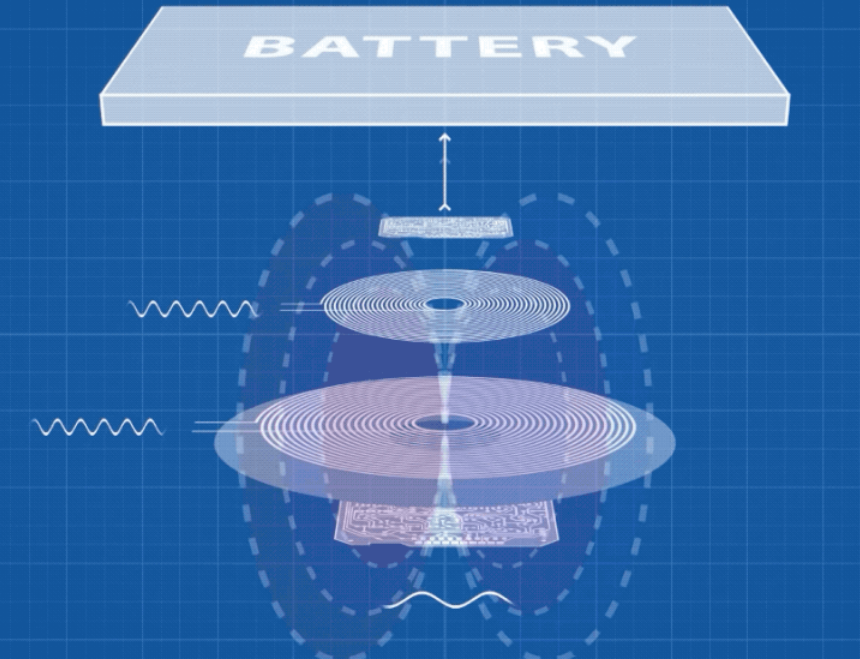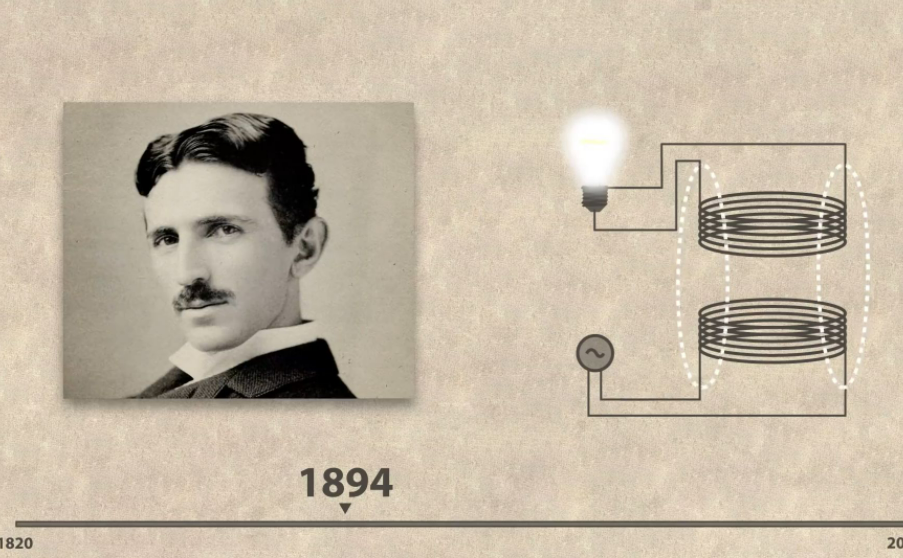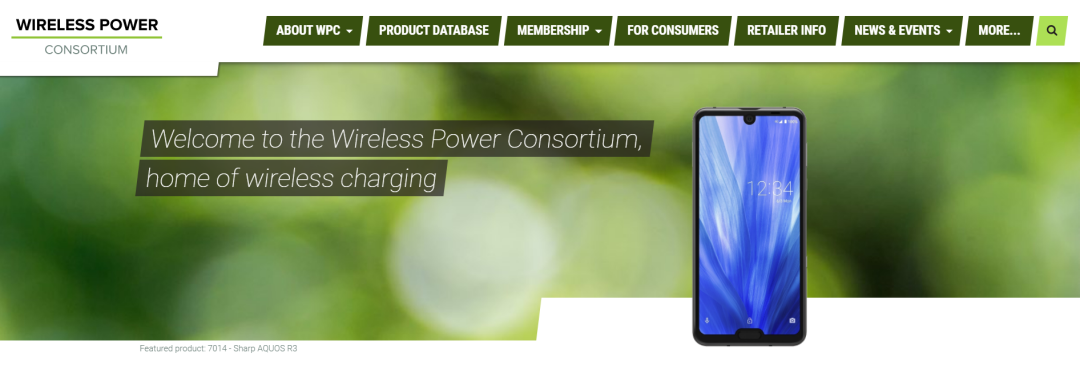Speaking of wireless charging, its birth is actually not late, even back to the 19th century, a physicist named "Tesla" has begun to do wireless power transmission experiments.
The term's emergence in the public eye began, in part, with the launch of Apple's iPhone 8 series (the same period as the iPhone X).
In 2017, the three new models are equipped with wireless charging technology that supports up to 7.5W inputs.
Relying on Apple's strong leadership in the industry, more and more mobile phones supported this function later on, and wireless charging has a large area of landing.
Today we're going to talk a little bit about wireless charging, the history of wireless charging, and dispel some of the doubts that people tend to have.
What is wireless charging?
Wireless charging used in mobile phones is mainly electromagnetic induction.
The whole workgroup usually consists of a transmitter and a receiver, which correspond to the wireless charger and the coil inside the phone.
Its principle is: [electric generation of magnetism, magnetic generation of electricity]
That's physics: electricity and magnetic fields can actually convert to each other under certain conditions.

The charging process is as follows:
In the wireless charging base (wireless charger), a certain power of alternating current causes the change of magnetic field. Because of the existence of electromagnetic induction, the coil inside the mobile phone senses the change of magnetic field, and the current will be formed in the coil, and then the mobile phone battery can be charged.
You don't need to plug in a power cable, but make no mistake, the transmitter charger still does.
In other words, "electricity" only exists inside the charger and the phone, and the energy used for conversion is in the form of "magnetism" in the middle air layer.
History of development

In the 1890s, Nikola Tesla thought he could use Tesla coils for wireless power, but the experiment didn't work.
In 1978, American inventor John George Bogle began experimenting with wireless charging of electric cars.
In 1989, a circuit identical to WiTricity's magnetically coupled resonance principle was proposed by Eight Electronics of Japan.
In 1993, Daifuku implemented the world's first contactless power supply and transmission system. It is based on the theory of John Boyce from the University of Auckland.
In 1994, the developer of Murata Manufacturing announced "magnetically coupled resonance technology".
In November 2006, Marin Soljacic of the Massachusetts Institute of Technology (MIT) succeeded in a 2-meter transmission experiment.
In January 2009, WiPower developed the magnetic resonance standard "A4WP", which supports power transmission up to 50W, distances up to 5cm, and power transmission frequency of 6.78MHz.
In July 2010, the Wireless Power Alliance (WPC) formulated the magnetic induction standard "Qi". A standard has been set for mobile terminals of 5W or smaller.
In January 2012, IEEE published the PMA Magnetic Induction Standard of the IEEE Standards Institute (IEEE-SA), the industry formed the Power Affairs Alliance (PMA). This standard is similar to Qi, mainly to build a set of safe, energy-saving induction power supply standard, and intelligent power management.
In September 2015, A4WP merged with the PMA Wireless Charging Organization to form the AirFuel Alliance to push for a unified wireless charging standard.
In February 2019, it integrated WiTricity technology with Qualcomm Halo (Halo IPT from the University of Auckland) technology.
We just need to catch a few key words: Qi, A4WP, PMA.

Click the link to get the wireless charger:
https://www.jmtjm.com/product/10w-15w-max-qi-wireless-charging-pad-658.html
By continuing to use the site you agree to our privacy policy Terms and Conditions.